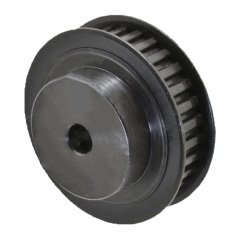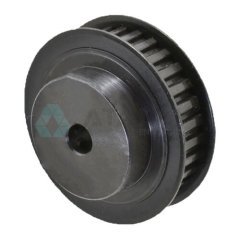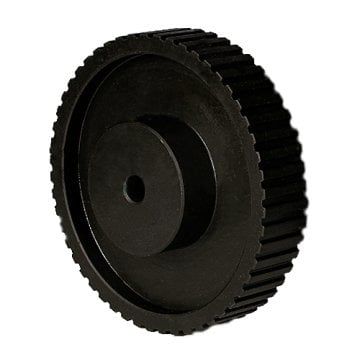Timing Gears
It is similar to chain mechanisms in terms of its working principle, as it carries out motion transmission in a closed manner. In terms of materials, it is similar to belt-pulley mechanisms.
Features of Timing Gears:
- The conversion rate is fixed. The movement can be precisely synchronized as desired.
- Does not require lubrication.
- It gets very little hot during operation,
- It works noiselessly.
- Allows the use of very small diameter gears.
Where Are Timing Gears Used?
- In places where precise position control is required, in systems where motors such as stepper motors and servo motors are used,
- In the crankshaft that turns the valves in automobiles, while transmitting power to the shafts that must rotate with precise time adjustment,
- In cases where a gap is not desired, such as in the chain and sprocket,
- When the shafts need to rotate precisely at the same speed in places where speed control is made with a motor,
- When it is desired that there will be no scrolling when the rotation movement suddenly stops,
- In conveyor systems, in belt systems where products must be transported,
- In machines where rust is not desired and used in the medical field or food field,
- In cases where slippage is not desired at high speeds (5-10m/s),
535,83 TL
131,43 TL
181,98 TL
267,91 TL
131,43 TL
141,54 TL
146,59 TL
146,59 TL
161,76 TL
161,76 TL
171,87 TL
192,09 TL
197,14 TL
197,14 TL
202,20 TL
202,20 TL
207,25 TL
232,53 TL
232,53 TL
237,58 TL
237,58 TL
252,75 TL
257,80 TL
262,86 TL
267,91 TL
272,97 TL
298,24 TL
303,30 TL
328,57 TL
333,63 TL






























